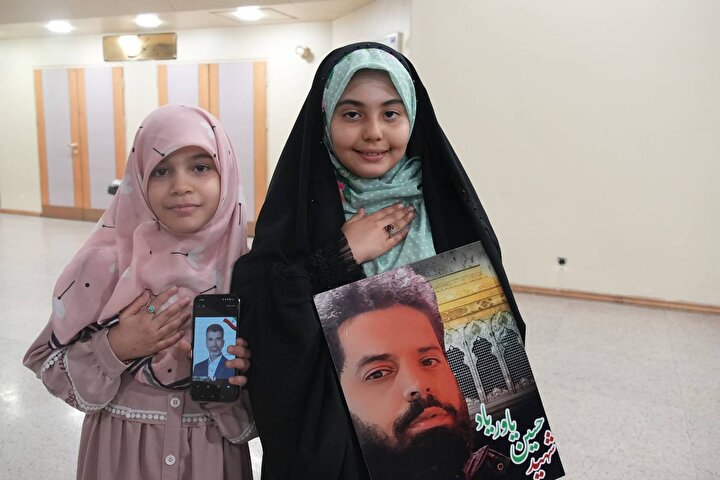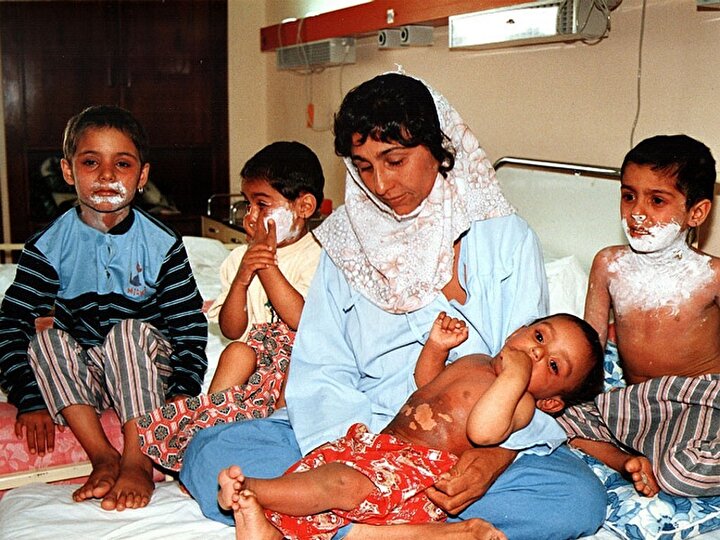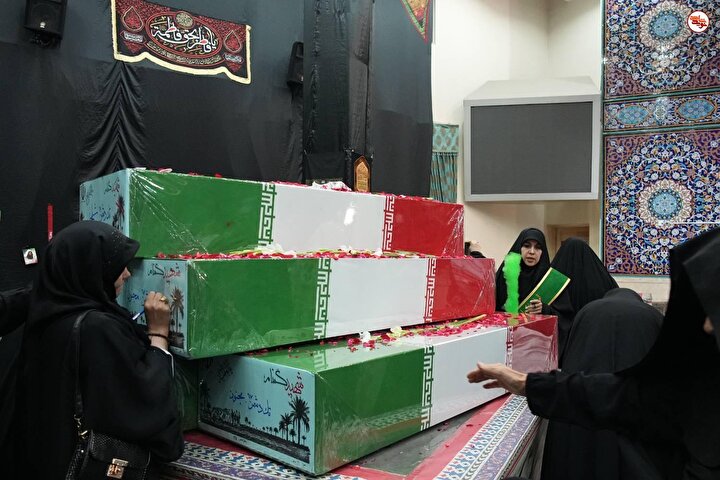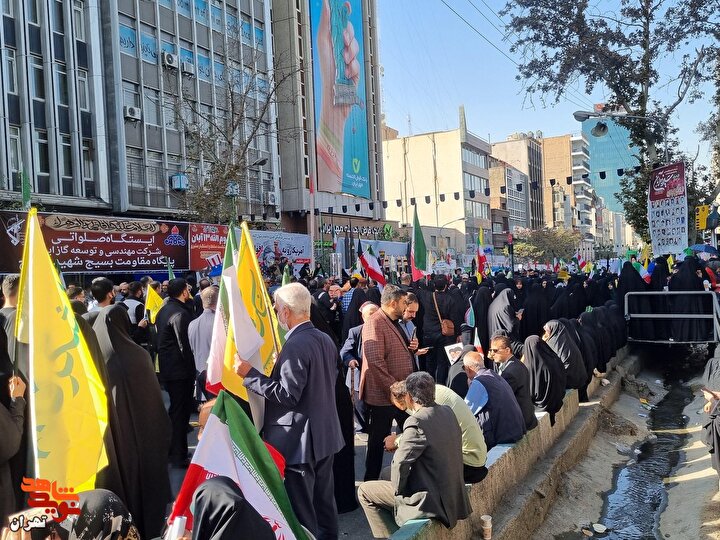Notes on Developments of Army 10 of Seyed Al Shohada

Aysou
Sadeghi
Translated by Rohollah Golmoradi
"The Saved Men" includes memories that are narrated by Seyyed Mohammad AbuTorabi *. In 1995, he accepted in PhD test of the National Defense University for Strategic Sciences and two years later graduated from the university. In 2014, after 34 years, while at the Command and General Staff School of Imam Hussein (AS) University he was engaged in compiling and transmitting his experiences, was retired.
Commander's Memories
Various subjects are spoken in "The Saved Men". For example, in the book it is also mentioned martyr Sardar Mohammad Ebrahim Hemmat, commander of the 27th Mohammad Rasulullah Division (pbuh) in some years of Sacred Defense. The narrator described sensitiveness of circumstances in one of the operations by Hemmat that itself is a straightforward account. (Page 94)
It is also narrated of recollections of the front temperature and situation of commanders. Martyr Haj Kazem Najafirastegar, commander of newly established brigade of Seyed Al Shohada, is one of those people that one of the memories is about tension that was upon him. (pp. 123 and 124)
Intimate Memories
The narrator of the book, in a Brigade Operations Unit, undertook organizing battalions which one of his duties was finding commissioned officers (finding worthy leaders) and breeding commissioned officers (to prepare commanders and those prone to progress). In this context a pamphlet was set up that had tactical issues. In new course of meetings after Operation Khyber, level of the material changed that it is also explained: "Before we were more criticized. We should prepared the troops more, carried more ammunition, we had to make better use of our 60 mm mortars, harmonized more with the forces of Information – Operations or the same detection, should benefited from destroyers, and trusted in God more... " (p. 126)
In the book, there are also more personal memories which depict intimacy between combatants and space of the front and war, "Haj Kazem called out: Sir Morteza! Brigade's lunch will arrive after praying, prepare bread and can now. You are in good of taste, do something. It's clear we should start the meeting beforehand." Morteza Salmantoroqi began to providing feast. A tablecloth was spread and bowls of eggplant caviar and canned fish and pieces of bread were put inside it. Before the other guys came, Hussein sat down near tablecloth and started and also invited others to eating. "(pp. 29-30)
Seyed Mohammad Abutorabi injured chemically during the war, one of the memories devoted to this subject: "When a bomb fell nearby and polluted smoke covered climate, I, was on a motorbike on the road, stopped and as usual moistened my Keffiyeh in Hur and put before my nose and mouth, unaware that former another Bomb had vented its materials in the water and the water was more polluted than the air. With the first two breathing I realized I had already both drunk some chemicals and didn't kaffiyeh and filter ... "(pp. 106-107)
About the Book
Preface, Introduction, Hello to the saved, Table of Martyrs, Insight of Salman, War Game (training harder than war), Insane of Majnoon Plain, National War College, Compiling the Famous Letter, Meeting Hashemi Rafsanjani, Introduction of Letter of Commanders of Seyed Al Shohada's Army 10 to Senior Officials of the Country and parts of the compiled pamphlet by commanders of Seyed Al Shohada's Army 10 about pathology of dealing with Saddam in the Iraqi imposed war against Iran, are parts of the list of "The Saved Men".
One of the things seen in the contents of this book is putting names inside quotation marks. These names include both names of people and names of commands and operations. For example, "Haj Kazem", "Brigade Hazrat Ali al-Asghar", "Morteza Salmantoroqi", "Hossein", "Haj Ahmed", "Operation Badr", etc. Even if these names are used once they are also placed in quotation marks. Perhaps at first glance, it wouldn't seem essential, but for finding proper names (and particularly in this book to find names of operations) is a great help to the audience.
There is a photo of the youth of the narrator on cover and another photo in its back. Maybe it would be better there would be at least a current photo of him on the back cover; of course, there's a photo of him on the last page of the book, but if the photo was used on the back cover, for the sake of comparing the present and the past, it was useful more.
On the last page of the book, there is also a biography of Mohammad Abutorabi that is both placed appropriately and that it delivers short biographies of the book's narrator for audience so that he knows who is the narrator, and what is his background. It would be also better that with respect to choosing the title "The Saved Guys" (the reference is to the people under the supervision of the martyr in the war) he would represent a brief and separate biography of Haj Kazem in the book. (Of course, this biography is presented in one of the footnotes.)
The title was selected in wordplay ambiguity that is a reference to the name of Haj Kazem and also mentions salvation of group of warriors and their martyrdom.
One of the shortcomings of "The Saved Men" is lacking a part as "Index". But the book has also another feature. Photos present themselves through the material. Although some of these photos are not high quality, but "The Saved Men" is a full photo book in which photos of people who are named are available.
Since the passage of time, will be erased memories from the minds and due to the fact that current children, teenagers and even young people have not experienced the sacred defense days and don't have an image of that era, books like "The Saved Men" that represent memories of the sacred defense, can presents part of that era in the form of oral history to the groups, and even for people who didn't experience it, it would be a remember of what has paled or forgotten. Compiling an oral history from this point of view is very important that the book "The Saved Men", in its part, includes part of oral history of eight years of sacred defense.
Operations
Many operations are mentioned In "The Saved Men", that Fath ol-Mobin (pp. 14, 60), Valfajr Moghadamati (pp. 44, 48), Valfajr-4 (pp. 44, 48, 52), Valfajr-1 (pp. 46, 48) Valfajr -2 (p. 46), Beit ol-Moqaddas (p. 60), Kheybar (pp. 114, 118, 126, 132), and Badr (pp. 168, 174, 176) of are these.
* The Saved Men: Notes on Developments of Army 10 of Seyed Al Shohada (1983- 1984) / Narrated by: Seyed Mohammad Abutorabi, By: Ali Samadi and Ali Akbar Mozdabadi, Tehran: Ya-Zahra Publications, 2016, 208 pp.




